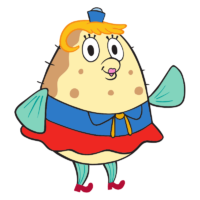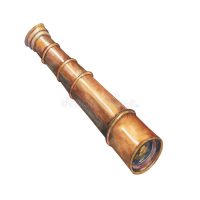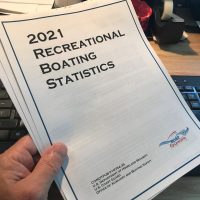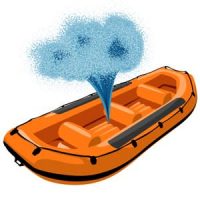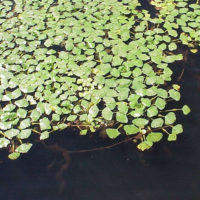
Clean Drain and Dry
The following is an article on the DEEP’s Website.
What are Aquatic Invasive Species
An increasing number of damaging aquatic species are invading the waters of Connecticut. Zebra mussels and Eurasian water milfoil are most familiar to anglers but other exotic species may cause problems as well. You can help prevent the spread of problem species by following these simple suggestions!
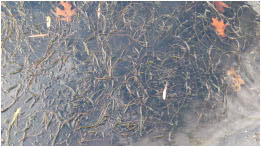
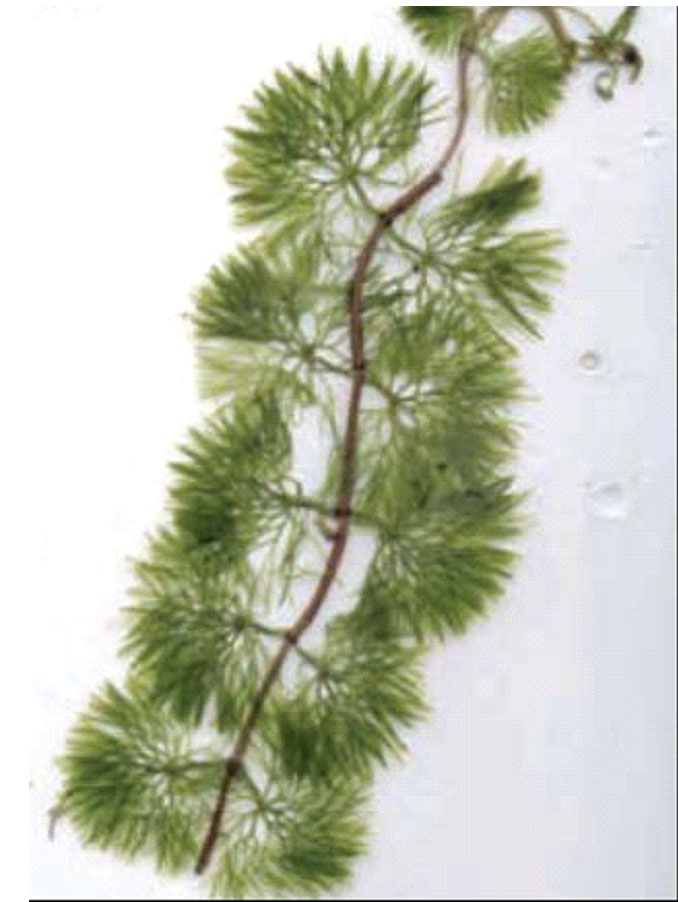
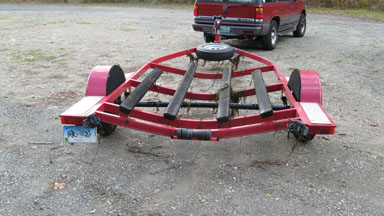

Before Leaving a Boat Launch, practice the Clean, Drain, Dry technique.
Clean:
- Inspect and remove all visible plant, fish, and animals as well as mud or other debris at the launch. Do not transport them home.
- Check trailer, including axle and wheel areas – in and around the boat itself: anchor, props and jet engines, ropes, boat bumpers, paddles (anything that came in contact with the water).
Drain:
- Eliminate all water from every conceivable space and item before you leave the area you are visiting.
- Remove the drain plug from boats and put boat on an incline so that the water drains out
- Drain all water in live-wells, bilge, ballast tanks, transom wells, kayaks, canoes, rafts, motors, jet drives, boat hulls, scuba tanks and regulators, boots, waders, bait buckets, seaplane floats and swimming floats.
Dry:
- Dry Equipment, if possible, allow for 5 days of drying time before entering new waters.
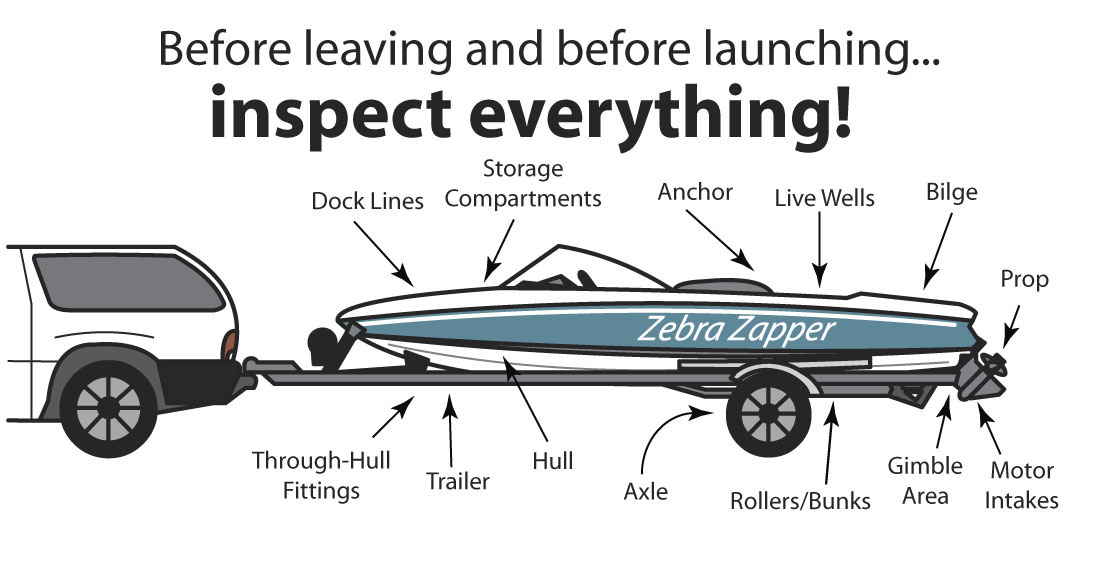
The “Clean, Drain, Dry” technique is the suggested Best Management Practice and will prevent the further spread of aquatic invasive species.
Additionally, under the law
- Boaters must inspect their vessel for vegetation and aquatic nuisance species and properly remove and dispose of all vegetation and nuisance species before transporting the vessel. You can be fined $95 per violation(CGA 15-180) and Public Act 12-167.
The importation, transportation, sale, purchase, cultivation or distribution of a number of invasive plants including the following aquatic plants is prohibited*:
Violators can be fined $50 per plant! (CGA 22a-381d)
- curly leaved pondweed (Potamogeton crispus)
- Eurasian water milfoil (Myriophyllum spicatum)
- water chestnut (Trapa natans)
- fanwort (Cabomba caroliniana)
- egeria (Egeria densa)
- purple loosetrife (Lythrum salicaria)
- American water lotus (Nelumbo lutea)
- onerow yellowcress (Rorippa microphylla)
- brittle water-nymph (Najas minor)
- yellow iris (Iris pseudacorus)
- hydrilla (Hydrilla verticillata)
- variable water milfoil (Myriophyllum heterophyllum)
- common reed (Phragmites australis)
- parrotfeather (Myriophyllum aquaticum)
- giant salvinia (Salvinia molesta)
- pond water-starwort (Callitriche stagnalis)
- yellow floating heart (Nymphoides peltata)
- watercress (Rorippa nasturium-aquaticum)**
* Except for eradication, education or research purposes.
** Except for watercress without reproductive structures sold for human consumption
Additional Information:
Grants for the Control of Aquatic Invasive Species: Municipalities, state agencies (including state colleges and universities), and not-for-profit organizations are eligible to receive grants through this program.
Examples of Aquatic Invasive Species in Connecticut
Factsheet: CT Aquatic Invasive Freshwater Plant Species
Factsheet: CT Aquatic Invasive Freshwater Mollusks and Crustaceans
A Guide to Invasive Aquatic Plants of Connecticut
Why Do We Care if Non-native Plants Enter Into Our Water Bodies?
Releasing Bait and Aquarium Pets
Aquatic Invasive Species brochure
Best Management Practices for Decontamination
Connecticut Boating Certificates LLC talks about Clean Drain and Dry during our Public Certification Classes


